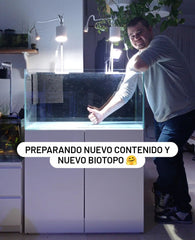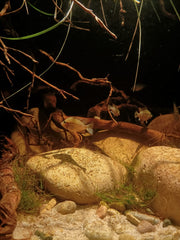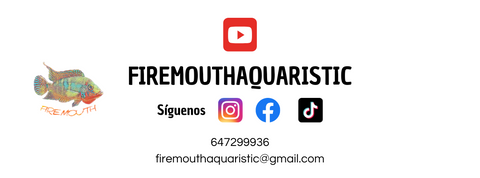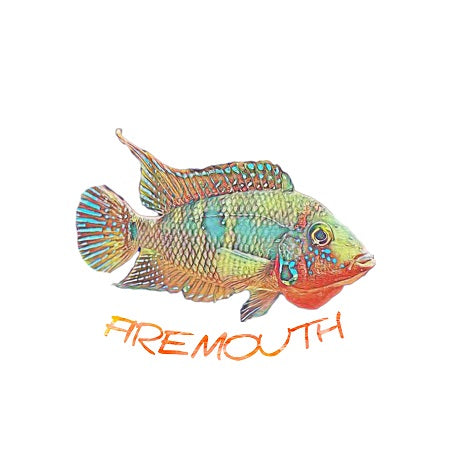Candelaria River Biotope Assembly
Compartir
Candelaria River Biotope Assembly
A couple of weeks ago we started a project for the fish commonly known as "Firemouth" .

We have recorded in detail the step by step of this assembly in case you want to recreate it too. We have the urn, the material and the species prepared, let's get to it?
At the end of this entry, you have a video available on our YouTube channel with the step-by-step assembly with which you will not miss any detail.

We have selected the Boca de Fuego from the Candelaria River because that specific species of fish has much more intense colors, the red of the head and for us, it is the most beautiful.
The Candelaria River rises in Guatemala and ends in the Gulf of Mexico, with a length of around 400km. It is one of the largest rivers in Mexico and one of the cleanest.
What materials are we going to use?
- Boulder
- wood between twist rood and some drift wood
- Dragon rock for the structure of the surface
- Sakana Silica Sand
- Epiweb or carbon sponge
- Floors
- Species (fish)
- Sakana glue
- coconut hair
- WIO Stream Gravel
We begin....
Our urn is approximately 180 liters with measurements of 90x45x40 cm.
1. Small layer of silica sand. You can use a shovel to distribute it throughout the urn properly. We will use this sand so that rocks and wood settle correctly. A small layer will be enough since we are not going to put much plant.
We can find plants such as nymphaeas, hydrocotile, verticillata...
Amount used: 5-10 kg of sand
2. We use the main treated Twist piece and place it in the shape that best fits us.
3. We place the dragon rock for the emerging area and secure it with power Glue
4. We will hide this dragon rock with Coconut hairs and we will also secure it with the same Sakana glue: power glue
5. We will always do the gluing in the rear areas to try to hide everything as best as possible.
The most important part of the assembly is the gluing and fixing of the branches, it must be done with patience and a lot of love. In this specific project, the rock is very porous which has allowed us to fix the rock very well.
6. To give it texture and add some detail, we used Gravel Stream from WIO
7. Courtesy of Viveros Fuente la Reina, we placed some cyperus in the emerged area.
We have also added some moss along the rocks
8. After a week of settling and maturing the aquarium, we add the fish.
You can find the complete step by step in the video, you will love it!
Thanks for reading, Nico Luchoro

